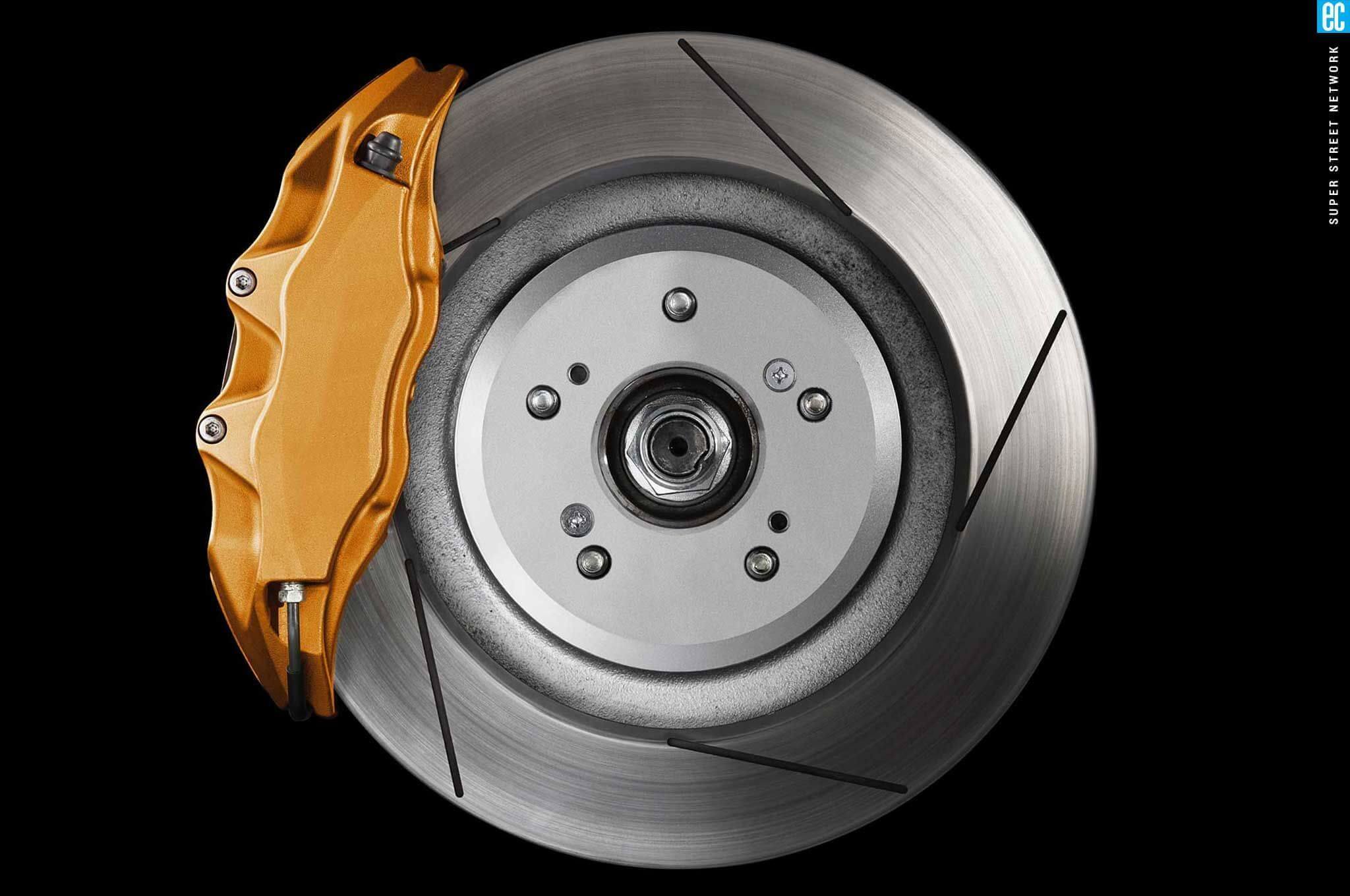Brake Light And Traction Control Light On

Seeing both your brake light and traction control light illuminate simultaneously on your dashboard is rarely a good sign. While it might seem like a minor electrical gremlin at first, this combination often points to a deeper underlying issue that requires prompt attention. Ignoring these warning lights could lead to diminished braking performance and reduced vehicle stability, potentially jeopardizing your safety and that of other drivers.
Common Causes: A Deep Dive
Several factors can trigger this double-warning light scenario. Let's explore the most common culprits:
- Low Brake Fluid: This is perhaps the simplest and most frequent cause. The brake system relies on hydraulic pressure to function. When brake fluid levels drop below a certain threshold, the brake light illuminates. Modern vehicles often integrate the traction control system (TCS) with the ABS (Anti-lock Braking System). A low fluid level can disrupt the ABS/TCS functionality, triggering the traction control light as well. Think of it as the car saying, "I can't guarantee optimal braking or traction because I'm running low!"
- Faulty Wheel Speed Sensor: The ABS and TCS rely heavily on wheel speed sensors to monitor each wheel's rotation. If a sensor malfunctions – due to damage, corrosion, or a broken wire – the system receives inaccurate data. This can lead to both the ABS and TCS disengaging, activating both warning lights. Replacing a wheel speed sensor typically costs between $150 and $300, depending on the vehicle make and model. Note: A professional scan tool is often required to pinpoint the exact sensor at fault.
- ABS Control Module Malfunction: The ABS control module is the brains of the anti-lock braking system. If this module fails, it can affect both the ABS and TCS, causing both warning lights to appear. This is a more serious and potentially expensive issue. Replacement can range from $500 to over $1000, including labor and programming. Many shops can rebuild or repair the ABS module for a lower cost than replacing it.
- Brake Light Switch Issues: A malfunctioning brake light switch can also trigger both lights. This switch, usually located near the brake pedal, signals to the car's computer when the brakes are applied. If the switch is faulty, the computer might not receive the correct signal, affecting the TCS and activating the brake light. This is often a simpler fix, with brake light switches typically costing between $20 and $50.
- Yaw Rate Sensor Problems: The yaw rate sensor measures the vehicle's rotation and contributes to the TCS's stability control function. A failing or inaccurate yaw rate sensor can easily cause the TCS light to come on, and in some cases, also trigger the brake light.
Diagnostic Steps: What to Do Next
When faced with both the brake light and traction control light illuminated, follow these steps:
- Check Brake Fluid Level: Start with the basics. Open the hood and inspect the brake fluid reservoir. If it's low, top it off with the correct type of brake fluid (DOT 3, DOT 4, or DOT 5.1, as specified in your owner's manual). However, note that simply adding fluid is a temporary fix. A leak in the system needs to be addressed to prevent future problems.
- Scan for Diagnostic Trouble Codes (DTCs): This is crucial. Use an OBD-II scanner to retrieve any stored DTCs. These codes will provide valuable clues about the underlying issue. Many auto parts stores offer free code scanning services.
- Inspect Wheel Speed Sensors: Visually inspect the wheel speed sensors and their wiring harnesses for damage or corrosion.
- Consult a Qualified Mechanic: If you're not comfortable performing automotive repairs, take your vehicle to a trusted mechanic. They have the expertise and equipment to accurately diagnose and repair the problem.
Prevention and Maintenance
Preventing these issues involves regular maintenance. Here are some tips:
- Regular Brake Inspections: Have your brakes inspected regularly, including brake pad thickness, rotor condition, and brake fluid level.
- Flush Brake Fluid: Brake fluid absorbs moisture over time, which can lead to corrosion and reduced braking performance. It's recommended to flush the brake fluid every two to three years.
- Address Leaks Promptly: Any brake fluid leaks should be addressed immediately.
- Keep Wheel Speed Sensors Clean: Periodically clean the wheel speed sensors to remove dirt and debris.
Ignoring the combined brake and traction control lights can lead to dangerous driving conditions. By understanding the common causes and following the diagnostic steps outlined above, you can take proactive steps to ensure your vehicle's braking system and stability control systems are functioning correctly, ultimately contributing to safer driving.
